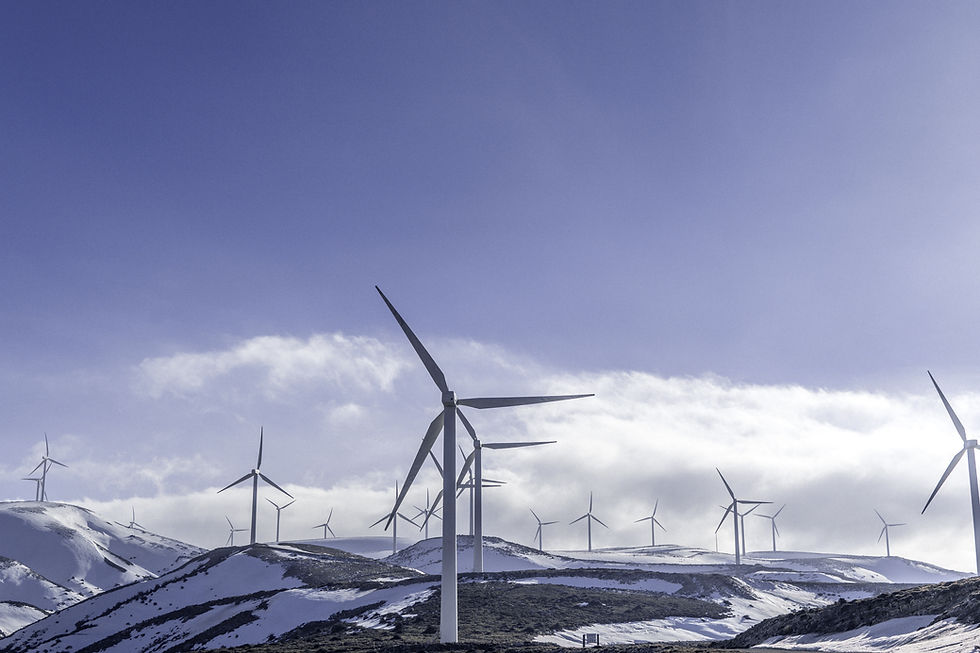

Gigawatt-Scale Renewable Energy Solutions
To achieve gigawatt-scale renewable energy production, established companies and governments invest in massive infrastructure projects, often involving solar and wind farms spanning thousands of hectares, or large hydroelectric dams that generate electricity for entire regions. Although these projects require significant upfront investments, they offer long-term benefits such as reduced carbon emissions, energy security, and economic growth.
Ainira Industries has delivered in excess of 9GW of sustainable projects worldwide.
As the distributed and most the commercial-scale renewable energy projects are typically remote and their development requires a large workforce that needs, by law, to be decently accommodated, and in the spirit of vertical integration, we have designed and developed modular houses to answer this demand. Our offering has been proven a success across a number of sectors including wind and solar, oil and gas, and mining exploration and processing, as well as with council's social living programs.
Gigawatt-scale renewable energy production involves deploying large numbers of renewable energy sources such as solar, wind, and hydroelectric power plants to produce electricity. Advancements in technology and manufacturing have made giga-scale renewable energy production more feasible and cost-effective.
While both the green electrons and green molecules technologies are technically feasible from the novel alignment of the renewable energy generation assets – the electrolysers, hydrogen storage, and ammonia plants – the projects are economically viable with sufficient funding support in the form of direct investments, grants (at FEED stage), and concessional loans (at EPC stage).
Current government incentives and balanced tax measures, most notable the recent ones in the US, Canada, Australia and across the EU, will enable green hydrogen to compete economically and environmentally in many critical applications including land, air and sea transportation, green ammonia, and green steel production, and enable large scale deployment with the associated economies of scale.
In heavy-duty road transportation like trucks, buses, and freight vehicles that require long-range capabilities and quick refueling times, it is expected that from 2027 hydrogen will outcompete diesel and be the fuel of choice.
Production of ammonia, a key component in fertilizer production and various industrial processes, can also benefit from green hydrogen – by using it in the Haber-Bosch process, which combines nitrogen from the air with hydrogen to produce ammonia, the entire production process can become carbon-neutral.
Furthermore, green hydrogen holds promise for green steel production. Traditional steelmaking processes, particularly in blast furnaces, rely heavily on coal as a reducing agent, releasing large amounts of CO₂. By replacing coal with green hydrogen in a process called direct reduction, where iron ore is converted into metallic iron, steelmakers can drastically reduce their carbon emissions. This green steel can then be used in various industries, contributing to a more sustainable supply chain.
Corporate presentation of Strategic Partner for the development of large-scale wind projects in Cape York and Far North Queensland, Mingyang Smart Energy, enclosed. Accurate data and maps for wind and solar project developments here.









